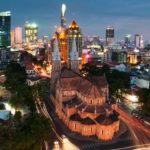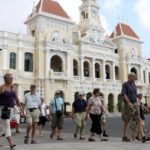The War Remnants Museum in Vietnam was ranked 61st in a list of the world’s top museums, making it the only Vietnamese representative on the list. This museum showcases artifacts and exhibitions that document the effects of the Vietnam War, allowing visitors to gain a deeper understanding of its legacy.
Located at 28 Vo Van Tan Street in District 3 of Ho Chi Minh City, the War Remnants Museum covers an area of 7,300 m2 and features both indoor and outdoor exhibition areas. It showcases the destruction caused by the war between Vietnam and the United States, which took place from 1961 to 1975. Visitors can explore the vast array of artefacts and exhibits that tell the story of this conflict and its effect on the people of Vietnam.
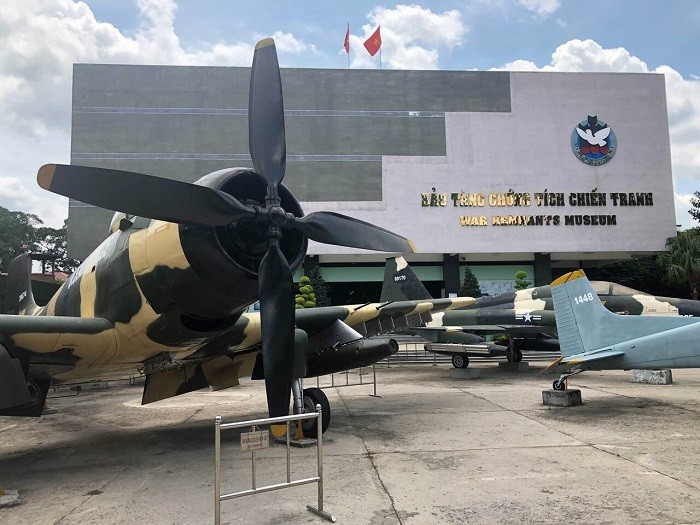 |
| Photo: KT |
The museum covers an area of over 8,000 square meters and houses more than 20,000 items related to the war. Visitors can learn about the history of the Vietnam War, including the US involvement, the weapons used, the effects of Agent Orange, the suffering of the Vietnamese people, and the lasting legacy of the war. The museum also contains photographs, artifacts, and personal accounts of the war. Through these displays, visitors can gain a better understanding of the war and its effects.
The War Remnants Museum is one of the oldest museums in Saigon, having first opened to the public in 1975. It was established to show the real and brutal truth of the Vietnam War to the public. Over the years, it has been renovated and updated to reflect the changing relationship between Vietnam and the United States. Spanning an area of 8,000 square meters, the museum houses more than 20,000 items related to the war. Visitors can learn about the history of the war, including the US involvement and the weapons used, and the long-term effects of Agent Orange. The museum also has photographs, artifacts, and personal accounts from people who experienced the war firsthand, allowing visitors to gain a deeper understanding of the war and its lasting impact.
For many years, the War Remnants Museum has been one of the most popular attractions in Ho Chi Minh City and the entire country. Established in 1975 and having operated for 45 years, the museum has welcomed a staggering number of visitors, totaling 23 million people – 11 million of whom were foreigners. Today, the museum enjoys more than 1 million visitors each year.
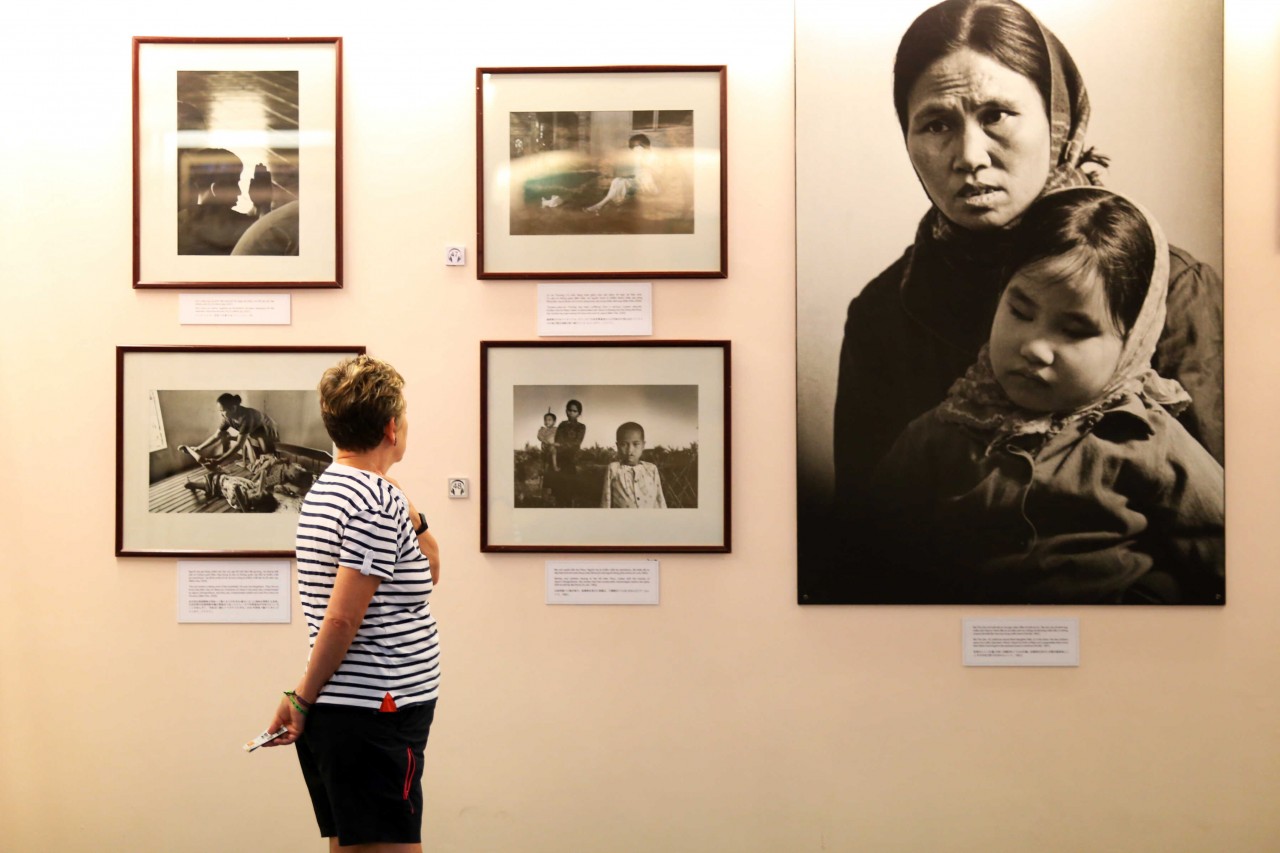 |
| Photo: Nhat Thinh |
When you pass through the front gate of the War Remnants Museum, you will be greeted by a display of large weapons used by the US Army, such as heavy helicopters, airplanes of the US Air Force, and armored tanks. Additionally, you will find an array of weapons such as rockets, bombs, and mines that have been rendered inactive with their detonators removed before being exhibited.
Discover a small entrance that leads to the Tiger Cages, an exact replica of the prison used in the infamous Con Dao Island in South Vietnam. This site is a reminder of the inhumane treatment that prisoners endured during the war, with a tiger cage on gravel, statues of malnourished captives in two oppressive cells, torture implements, a French guillotine, and a number of black and white photographs of the era. This exhibit powerfully conveys the brutality of these terrible acts and war crimes against humanity.
 |
| Photo: Nhat Thinh |
If you enter the museum through the front door, you will be greeted by a powerful reminder of the Vietnam War: the Victims of Agent Orange Overcome Difficulties area. Here, the victims make and sell handmade crafts such as keychains, lamps, and sculptures. They also sometimes perform with musical instruments. Although this area serves as a vivid reminder of the pain and suffering endured during the war, it also provides visitors with an opportunity to support these victims and help them build a better future.
Behind this, lies an area dedicated to showcasing temporary exhibitions that explore Vietnam’s history and culture. The topics presented here are regularly changed and often focus on stories from the Vietnam War era.
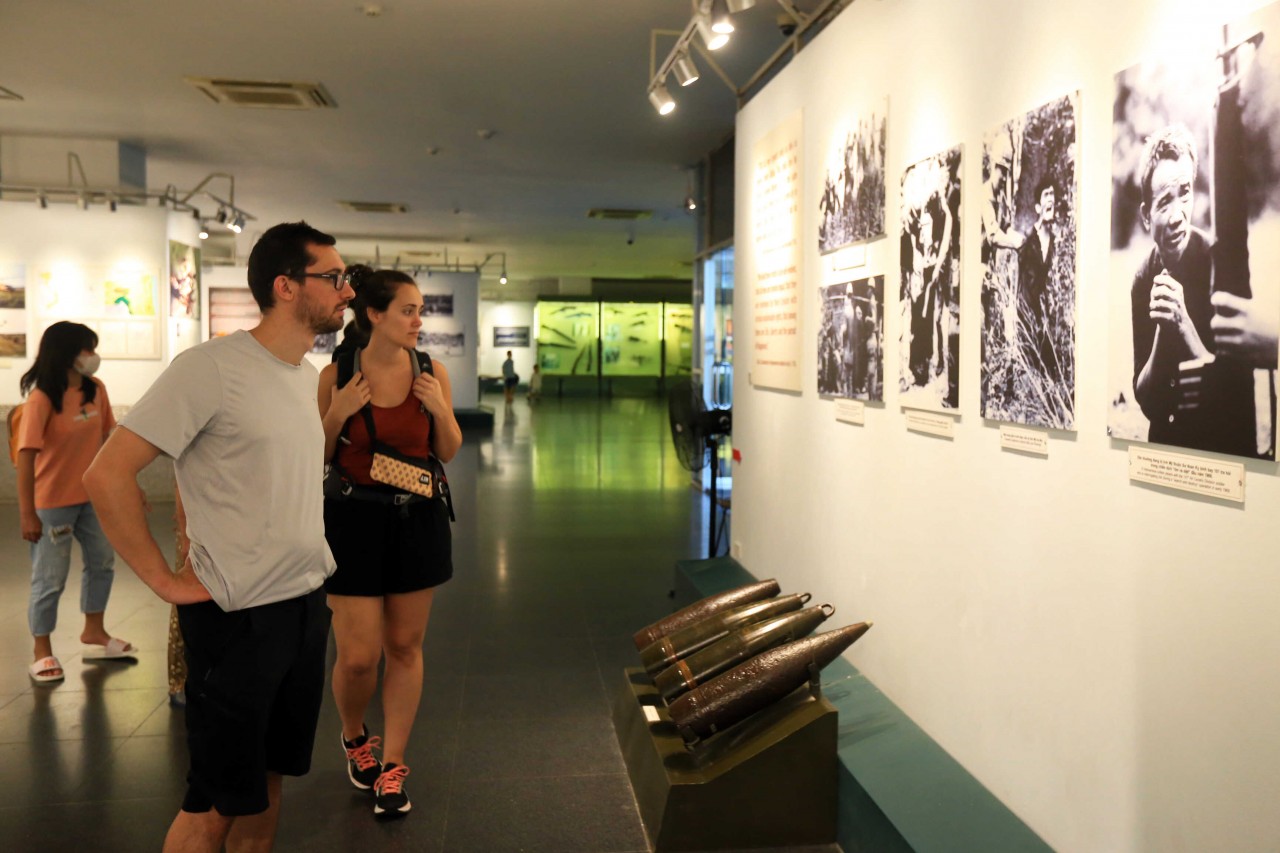 |
| Photo: Nhat Thinh |
Across the room, next to the staircase, you will find a permanent exhibition topic, named ‘The World Supports Vietnam in its Resistance”. Here, you will find 100 pictures and 145 artifacts that demonstrate how people from around the world supported the Vietnamese in their resistance against the US Army and protested against the Vietnam War. The museum also showcases some remnants that American soldiers presented, to show their regret for having taken part in this unjust war in Vietnam. Although some people have argued that the theme of the museum is subjective and one-sided from a Vietnamese standpoint, this topic still displays and emphasizes the attitudes and points of view of people from all over the world at that time.
How to get there?
The museum is located in a beautiful old building with plenty of history and artifacts to explore. There is also an outdoor area with a lovely garden and a café where visitors can relax. The museum is open every day from 9am to 5pm, and tickets cost VND 30,000 (about US$1.20).
The easiest way to reach the museum is by taking a taxi, which is widely available in tourist-heavy areas. A ride to the museum will cost about VND 50,000 (roughly US$2) from District 1. Once you arrive, you’ll be immersed in the history and beauty of the old building, which is packed with artifacts and artwork to explore. Additionally, there is an outdoor area with a pleasant garden and a café for visitors to relax in. The museum is open each day from 9am to 5pm, and tickets cost VND 30,000 (about US$1.20).
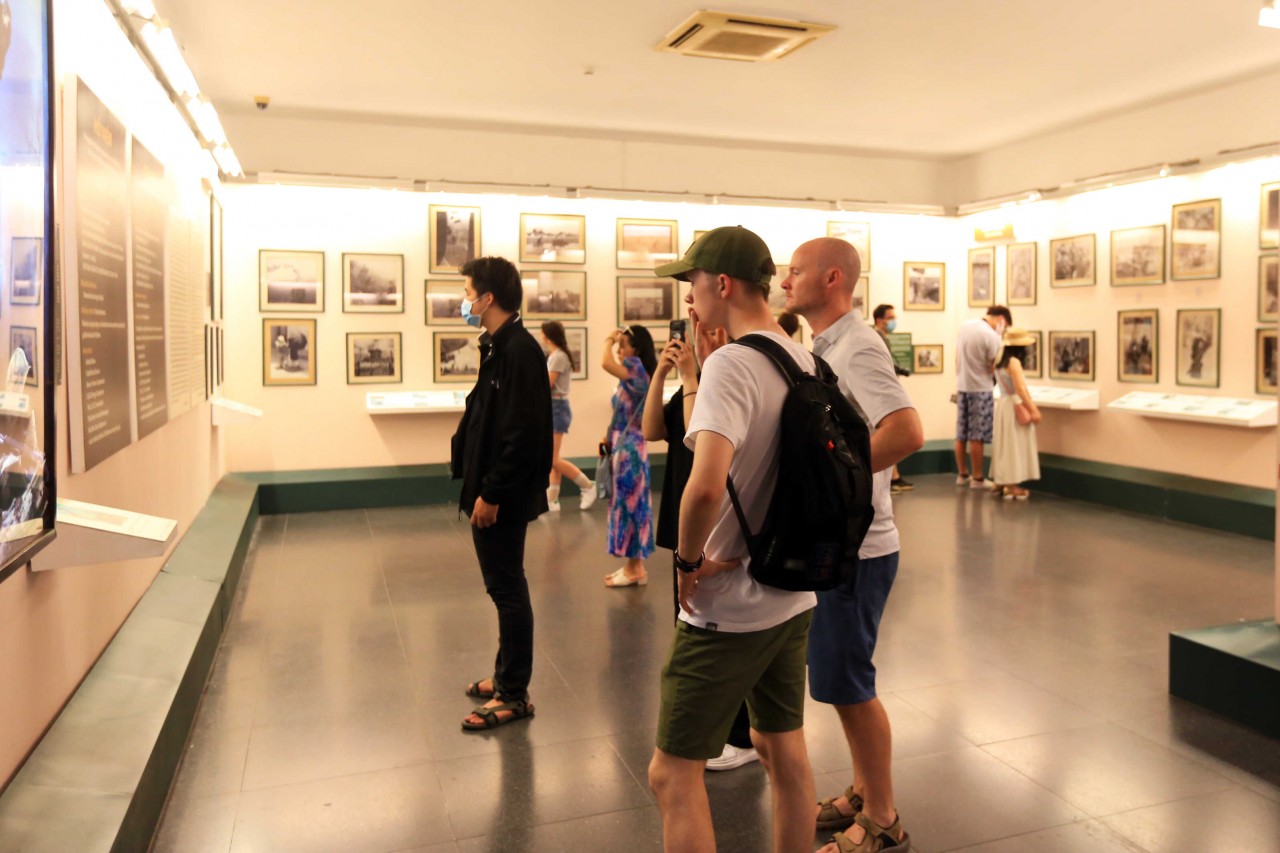 |
| Photo: Nhat Thinh |
If you’re looking to save money and have an adventurous spirit, the bus is a great option. If you’re departing from Mien Dong bus station, take bus number 14, bus number 28 if you’re leaving from Ben Thanh market, and bus number 06 if you’re departing from Cho Lon bus station.
Getting a car or motorbike ride via the Grab and Uber apps is a great option for those who want to travel in comfort and convenience.
Ho Chi Minh City launches programme on stimulating tourism
NDO – The Ho Chi Minh City Department of Tourism launched a programme on stimulating tourism in December and 2019, promising to bring fresh experiences for visitors travelling to the city.


